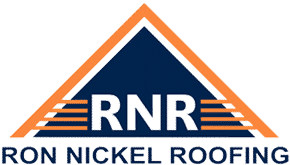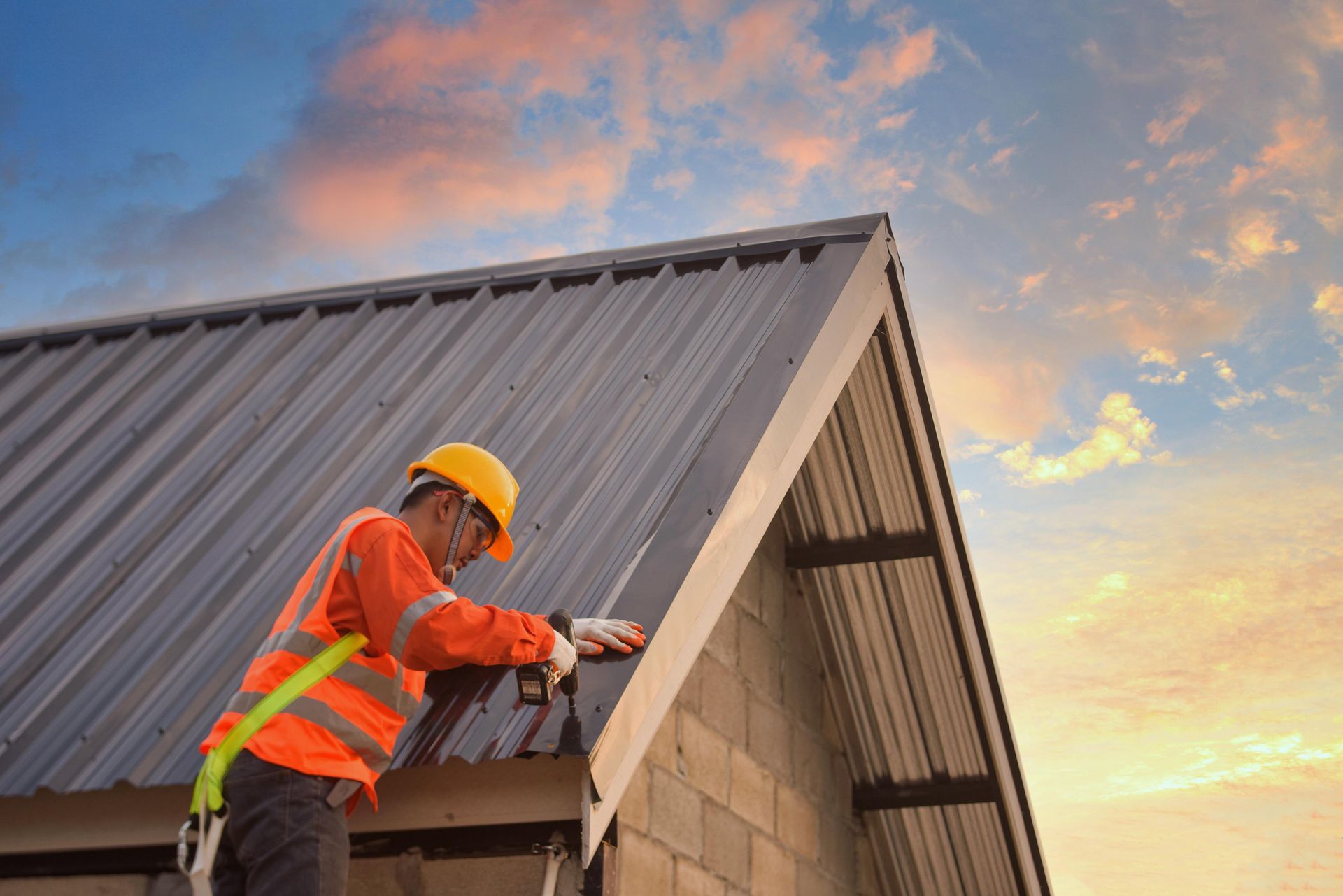Roofing Safety: Essential Precautions For Homeowners And Contractors
When it comes to roof work—whether it’s an inspection, minor maintenance, or a full replacement—roofing safety should always be the top priority. While roofs provide protection for everything beneath them, they also present a serious hazard for those above. Every year, falls from roofs result in significant injuries, particularly during DIY repairs or inspections without proper planning and precautions.
Whether you’re a homeowner checking for loose tiles or a contractor managing a project, it's vital to follow strict safety practices. This includes proper equipment, a clear understanding of limits, and knowing when to step back and call in professionals. Below, we explore essential safety measures to keep both
homeowners and roofing specialists secure while working at heights.
Start With A Safe Ladder Setup Before Any Roof Inspection
The ladder is the first and most common point of failure during a roof inspection safety check. Whether it’s a short climb or multi-storey access, taking shortcuts at this stage can lead to serious accidents.
For safer ladder use, always follow these principles:
- Ensure the ladder is placed on firm, level ground and never on soft soil or gravel that can shift under its weight.
- The ladder should be angled at approximately 75 degrees—this means the base should be one metre out from the wall for every four metres of height.
- Always extend the ladder at least one metre above the roofline to allow for a stable transition.
- Secure the ladder with ropes or stabilisers to prevent sideways movement or tipping.
- Inspect the ladder for any signs of damage, such as bent rungs or loose bolts, before climbing.
When set up correctly, a ladder provides safe access to the roof—anything less increases the risk of a fall.
Why Fall Protection Is Critical For Any Roofing Task
Fall protection for roofs is not just a precaution—it’s a legal and practical necessity. Even on single-storey homes, a misstep can result in serious injury. With higher or steeper roofs, the risks escalate rapidly.
Different situations require different forms of fall protection. These can include:
- Harness systems with secure anchor points that limit the distance and impact of a fall.
- Roof guardrails that offer edge protection and prevent unintentional slips.
- Temporary platforms or scaffolding to provide a broader, safer working space.
- Safety nets are installed under the roofline to catch a falling person or debris.
Each of these systems plays a role in reducing fall risk. Even experienced roofers should never underestimate the importance of proper fall restraint or fall arrest systems.
PPE For Roof Work: What You Should Never Go Without
Personal protective equipment (PPE) is your first line of defence against injuries on the roof. While not all hazards can be eliminated, PPE significantly reduces the risk of harm from falls, flying debris or contact with hazardous materials.
Roofing work should never be undertaken without:
- A helmet or hard hat to protect against head injury from falling tools or tiles.
- Non-slip, reinforced boots with ankle support to prevent slipping on sloped surfaces.
- Gloves that offer both grip and protection from sharp edges or hot surfaces.
- Safety glasses or goggles to guard against dust, debris or wind-borne particles.
- High-visibility clothing to ensure workers are seen clearly in busy construction environments.
Wearing the right gear makes every task safer and more controlled, especially in unpredictable outdoor conditions.
Weather Warnings: When It’s Too Risky To Climb
Weather can transform a safe roof into a dangerous trap in seconds. Before planning any rooftop activity, check the forecast and assess actual conditions on-site. Even a clear morning can turn into a hazardous afternoon.
Here are some weather-related risks to be aware of:
- Wet roofs from rain, dew or condensation can be extremely slippery, especially on tiles or metal sheeting.
- High winds increase the chance of losing balance or tools being blown from the roof.
- Intense sunlight or heat can cause dehydration, dizziness and burnt surfaces that can’t be touched without gloves.
- Thunderstorms pose a significant electrical risk to anyone working on a metal ladder or roof.
If the weather is marginal, it’s best to delay the job. A short postponement is better than a long recovery.
Identifying Weak Roof Structures Before Stepping On
Some of the most serious injuries occur not from falls off a roof, but through a roof. Particularly in older homes or those with signs of water damage, stepping onto a weakened section can result in a collapse.
Before beginning any roof work, assess the structure for warning signs such as:
- Noticeable sagging or bowing between trusses or rafters.
- Water stains or visible leaks indicate rot or compromised timber.
- Mould or mildew may indicate long-term moisture and structural issues.
- Cracked or crumbling roof tiles, which may not support body weight.
- Rusted metal sheeting or flashings are often brittle and unsafe to step on.
When in doubt, stay off the roof and have a professional conduct a structural assessment first.
Safe DIY Roof Repairs: Knowing Your Limits
Not every roof issue requires a professional, but it’s essential to understand where DIY work becomes unsafe. Homeowners can often complete small maintenance tasks—but only when the risks are properly managed.
Some examples of safer DIY tasks include:
- Cleaning leaves and debris from low, gently sloped gutters using a stable ladder.
- Replacing one or two roof tiles that are easily accessible from the edge.
- Applying roof sealant to minor leaks, only if there is a firm footing and no steep pitch.
However, you should always call in professionals for:
- Full roof replacements, flashing work or structural repairs.
- Anything requiring specialised tools, lifting gear or cutting equipment.
- Work on roofs with steep angles, delicate materials or multiple levels.
Trying to save money by taking risks can cost far more in injury and future damage.
Working With Tools At Heights: Best Practices
Using hand tools on the roof is inherently risky due to unstable footing and the potential for tools to slip or fall. Whether it’s a cordless drill, nail gun or measuring tape, proper handling is essential.
To minimise tool-related hazards:
- Use tool belts or holsters to keep both hands free when climbing or working.
- Secure all loose items with lanyards or magnetic holders to prevent them from falling.
- Keep power tools unplugged or with the battery disconnected when not in use.
- Never leave tools unattended on sloped surfaces or edges, even for a moment.
- Use cordless tools whenever possible to avoid tripping over cords or getting entangled.
Good organisation and handling of tools protects everyone—not just the person doing the work.
When To Call The Pros: Safety Over Savings
While some tasks may seem manageable, there are many scenarios where professional help is not only recommended but also necessary. Roofing professionals are trained, insured and equipped to deal with hazardous environments, ensuring a safer and more thorough job.
It’s time to call in the experts when:
- The roof has more than one storey or a steep pitch requiring specialised access.
- You’re unsure about the cause of a leak, or the damage appears extensive.
- Work involves structural elements, electrical systems, or working around solar panels.
- Weather conditions are borderline, adding an extra layer of risk.
Choosing to hire professionals is not a failure—it’s a commitment to roofing safety and peace of mind.
Get Roof-Safe With Our Professional Team
At Ron Nickel Roofing, we put safety first—so you don’t have to take the risk. Whether you need a detailed roof inspection, minor repairs or a complete replacement, our trained and insured team ensures every job is handled with precision and care. We use proper fall protection, wear the correct PPE, and never compromise on quality or safety.
Don’t take risks on the roof—get in touch via our contact page or
give us a call for advice or to book a professional service. Your safety is too important to leave to chance.











